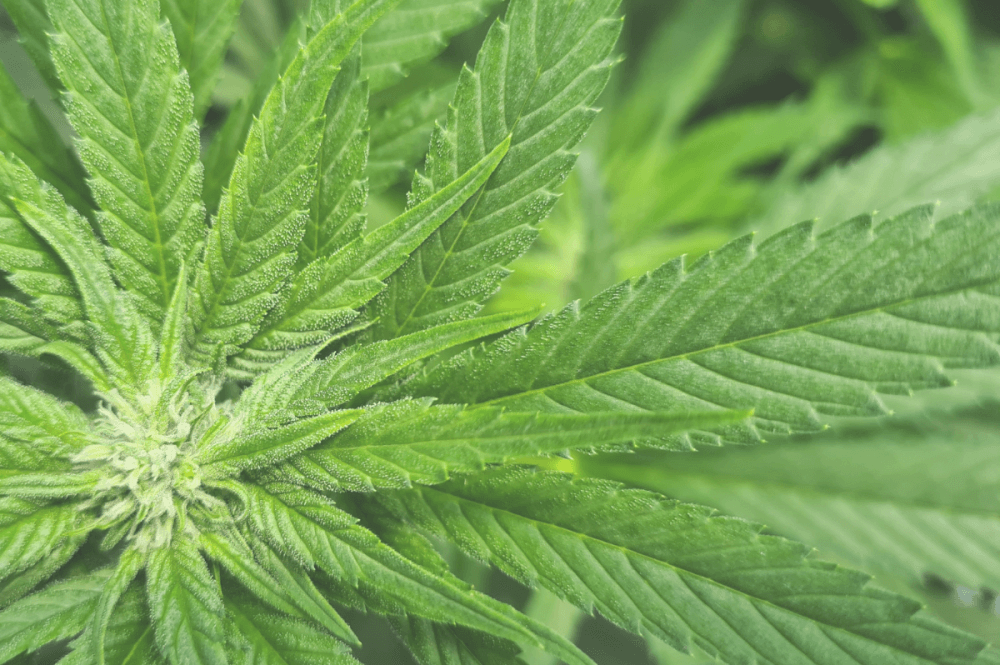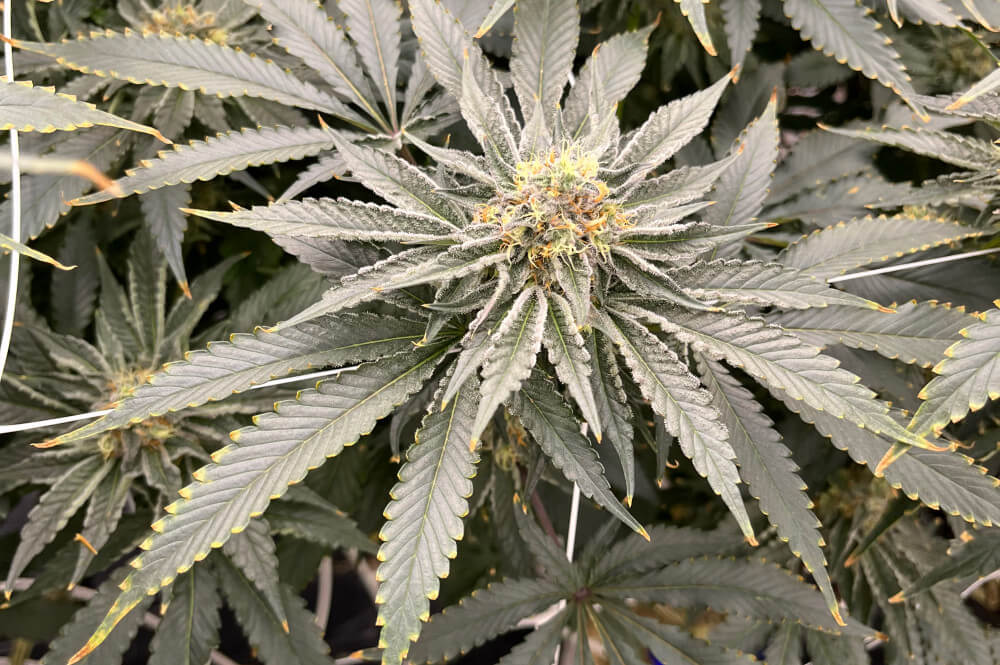![cultiwool sense nl[1] cultiwool sense nl[1]](https://www.cultiwool-substrate.com/cache/57c5941777ee170be743d281516e6150/cultiwool-sense-nl[1].png)
EC in Cannabis Cultivation; What to Control, Measure, and Adapt
10 November 2022
EC is the abbreviation for the term electrical conductivity, which is a very important aspect to take into consideration when growing plants.
About measuring EC
So what is being measured by EC? The concentration of dissolved salts. To indicate and measure the EC, the unit used is milliSiemens or microSiemens per linear centimeter (where 1mS = 1000µS), or in short mS/cm. Often a mistake is made by thinking that the only EC measured is of the initial fertilization solution. However, drain water should also be monitored for its EC levels, as it is a great indicator of how much nutrients the plants absorb. Also critical is to monitor the EC levels within the stone wool substrate.
When looking into the substrate, the EC levels in the substrate are fluctuating throughout the day. There are several aspects that can influence the EC levels, such as the pH, water content (WC) of the substrate, room temperature and humidity factors, and more. For instance, the higher the WC in the substrate, the lower the EC will be. That is why, for example, after the dark period (when no irrigation is provided), the EC levels in the substrate will be rather high, and will gradually decrease again when you realize drain. That can be further seen in the Figure below.

Making adjustments
Measuring the EC is not enough, often, it needs to be adjusted. This can be done in several ways, and the 'right' one depends on the goal and reason for the needed adjustment. The required EC for optimum plant growth depends on the crop (sometimes even a cultivar), its different growing stages, and the environmental condition the plants are grown at. For example, in case it is time to switch from the vegetative stage to the flowering stage during cannabis cultivation, the EC should be adjusted. Then, the fertilization recipe will be changed. Nevertheless, sometimes because of outdoor environmental conditions (when producing in a greenhouse), e.g., more water should be given to the plants. This can be done by increasing the frequency of irrigation, the grower should make sure that the amount of nutrients the plants receive stays the desired one and will not be too much or too little. Often this can be controlled via the climate computer.
More in-depth; it is crucial to understand the different effects of varying levels of EC and how these affect the plants
When EC levels are lower than desired, it will result in rather vegetative growth. This will increase the elongation of the cells, increase the root pressure, and by doing so, increase the WC. Moreover, plants can develop a low percentage of dry matter, resulting in weaker plants that are more susceptible to pest and disease stress.
However, higher than optimum EC levels will have a generative effect on the plant. Among other, it can result in reduced growth, as the plant cannot uptake enough water, which would lead to closed stomata. Furthermore, there might be damage at the root zone (e.g., burning roots from the high salt concentration). Lastly, there is also a risk of blocking the irrigation system with the precipitation of salt from the irrigation solution.
What to do when the EC levels are not within the desired range?
In case a grower faces too high, or on the contrary, too low EC levels, it is important to act correctly; When EC is lower than desired, a grower should increase the irrigation EC by no more than 0.5 mS/cm. A drastic change can harm the crop and create more problems, therefore, changes should be made gradually. Consider adding or increasing the Sulphate and/or Chloride fertilizers in the irrigation solution. Adjust the WC of the substrate; when high WC, change the irrigation scheme into longer water gifts, while when the WC is low, adapt the scheme to give more gifts with a smaller amount of water each. And as it was mentioned before, make sure that the irrigation is responsive to the climate conditions (e.g., do not over-irrigate on dark days, also make sure the maximum resting time is not too short).
For high EC often the advice is similar only the opposite; the irrigation EC setting should be increased, again, with a maximum of 0.5 mS/cm, for the same reason mentioned before. Consider the reduction or removal of Sulphate and/or Chloride fertilizer from the irrigation solution. Also important to make sure that drain is made available at the desired time and is sufficient according to the daily light level (ml/J).

What to remember
All in all, it is important to make sure that the irrigation solution, substrate, and drain water are all measured for their EC levels on a daily basis and when required adjustments can be implemented. By doing that, a grower could control and make sure the plants are receiving the right amount of nutrients and at the right time of the day. In addition, by monitoring these graphs on fixed periods of the day, it can be defined if the plants are active at time they should be, if irrigation is sufficient, and other criteria that are crucial to monitor in order to maintain healthy crops and high-quality yield.
Want to know more?
On this website you will find more information on our stone wool substrates and instructions for optimum use! If you have any question, remark, or request, please feel free to contact us here, or via our Facebook and Instagram accounts.
More items

Where can I find Cultiwool?
Discover more about our Cultiwool network



